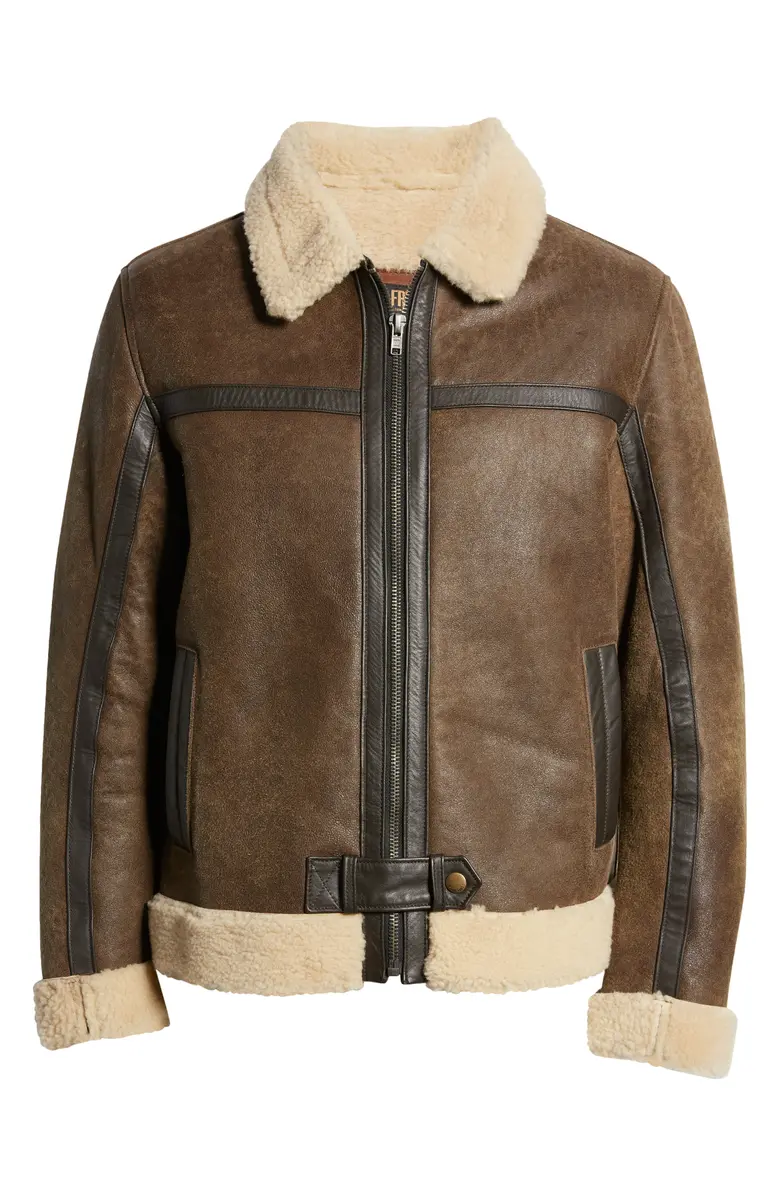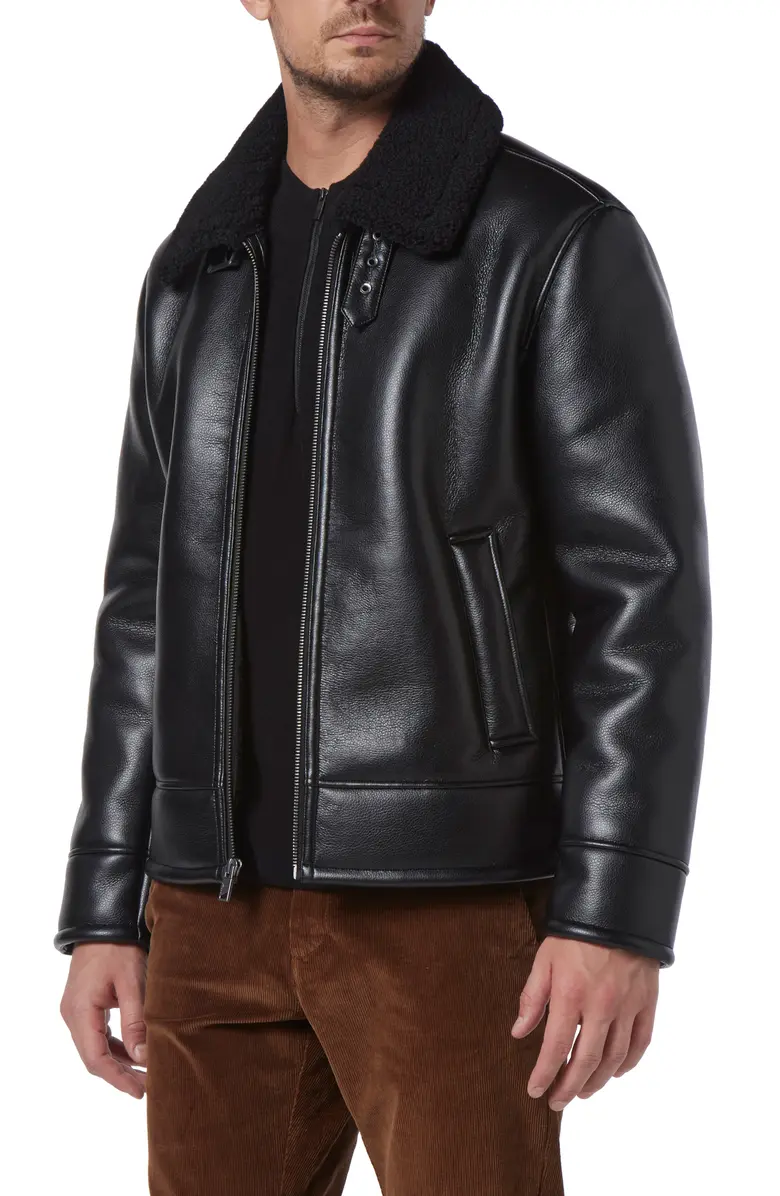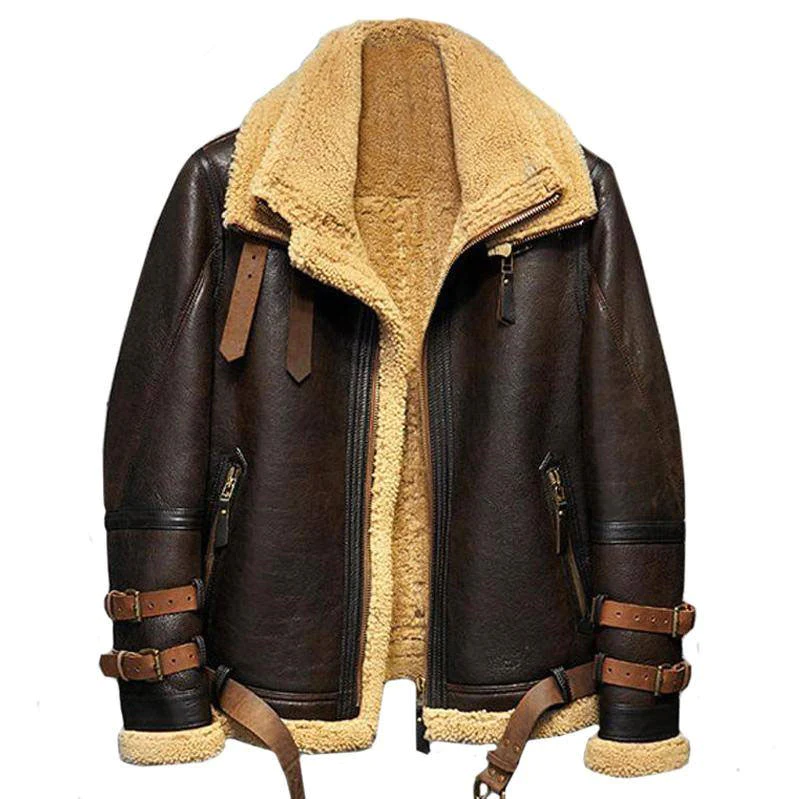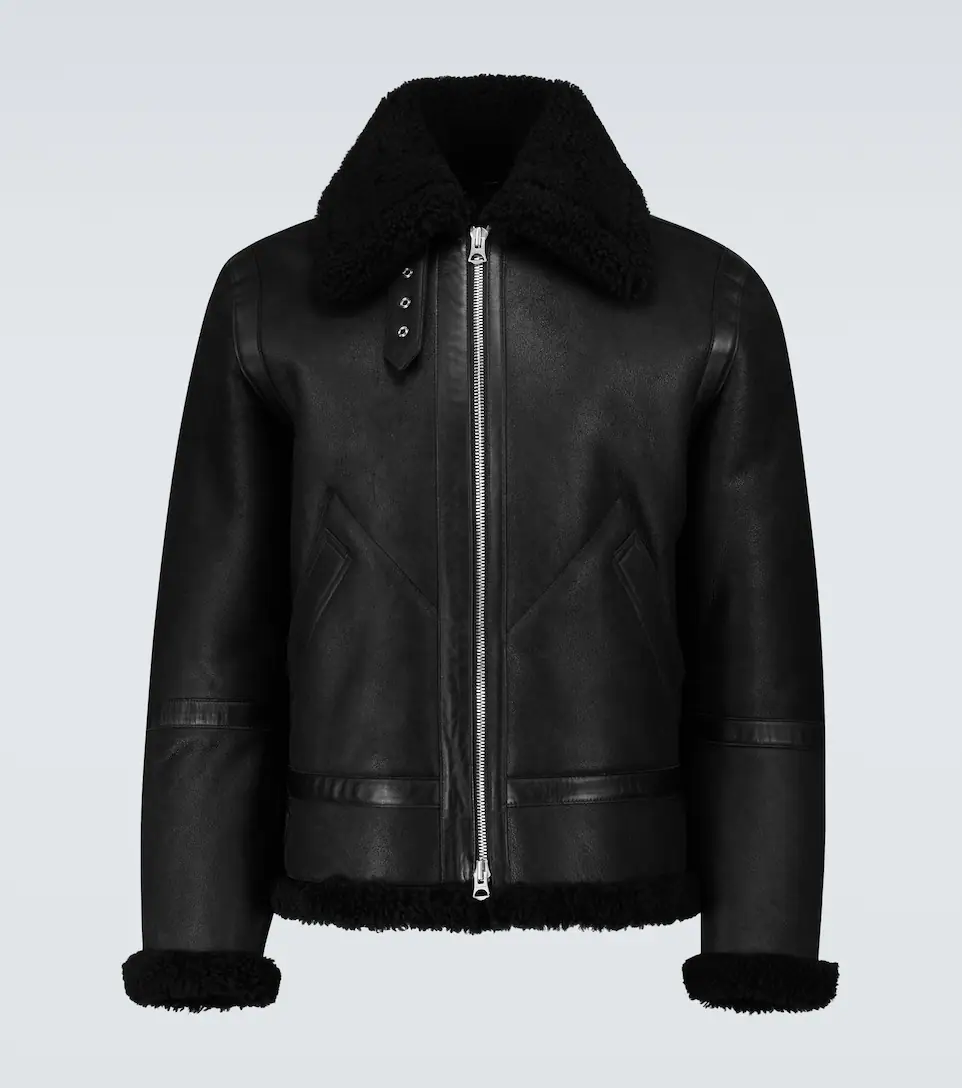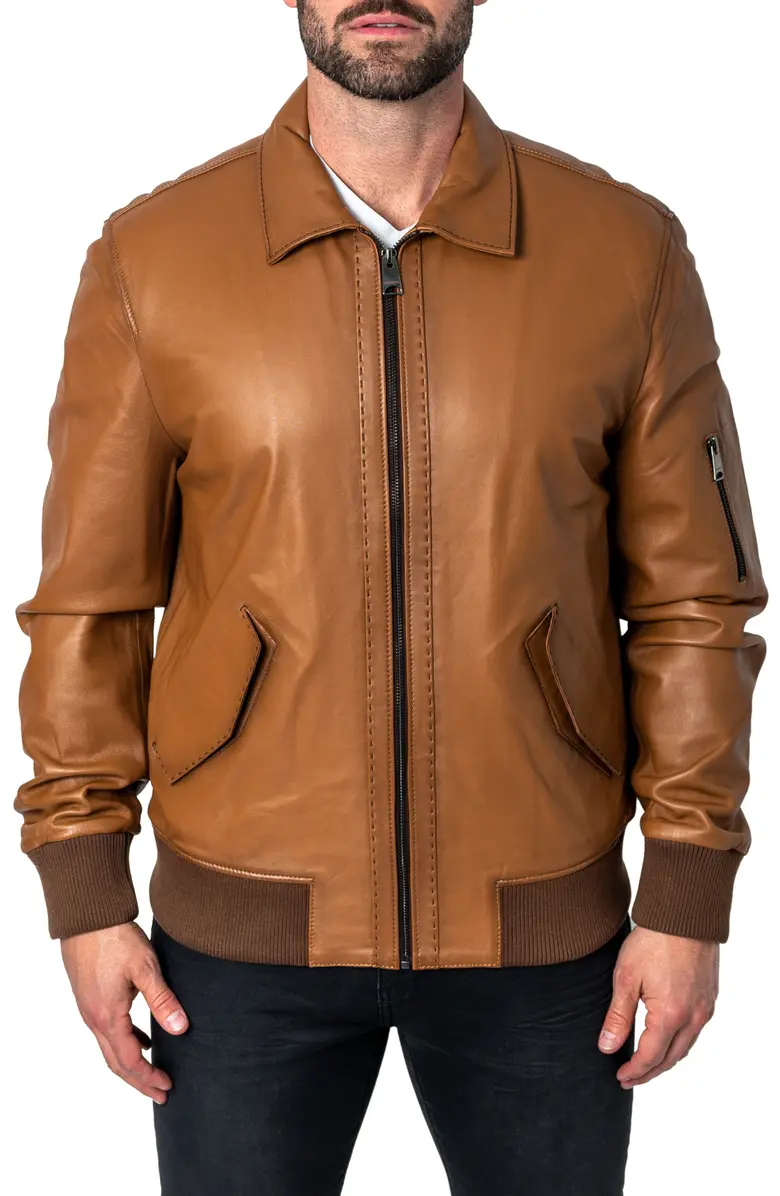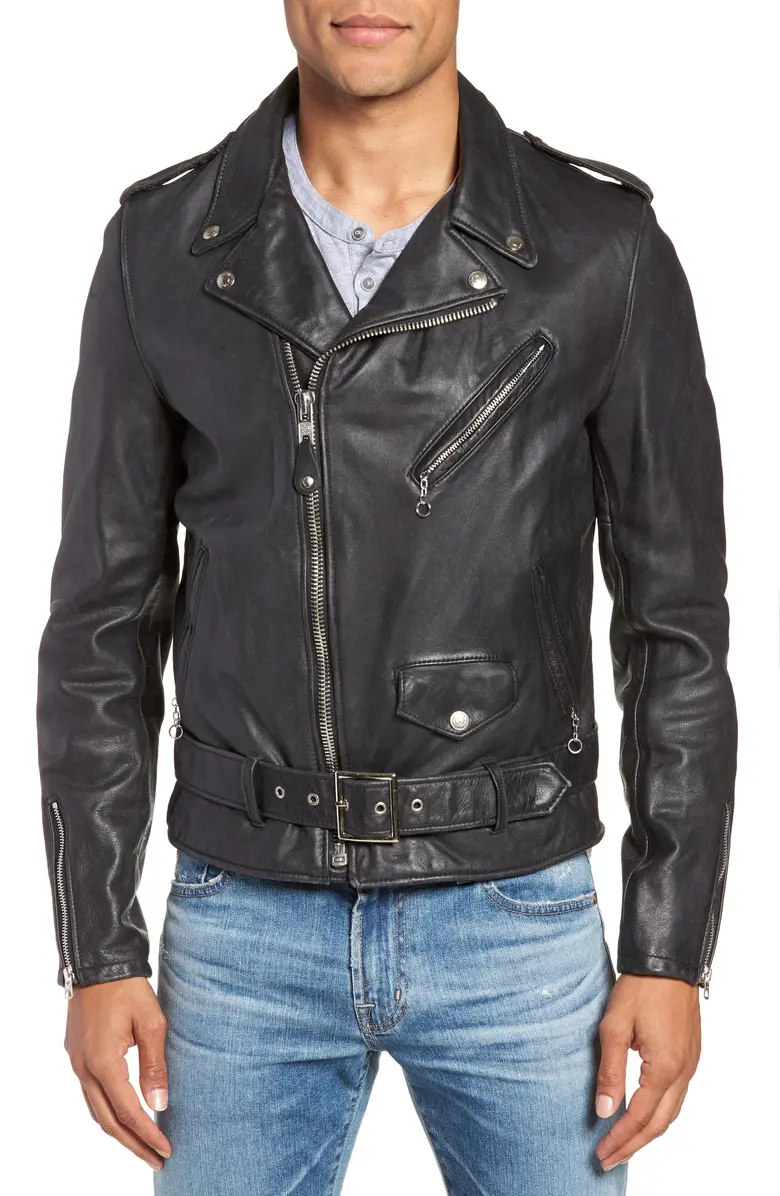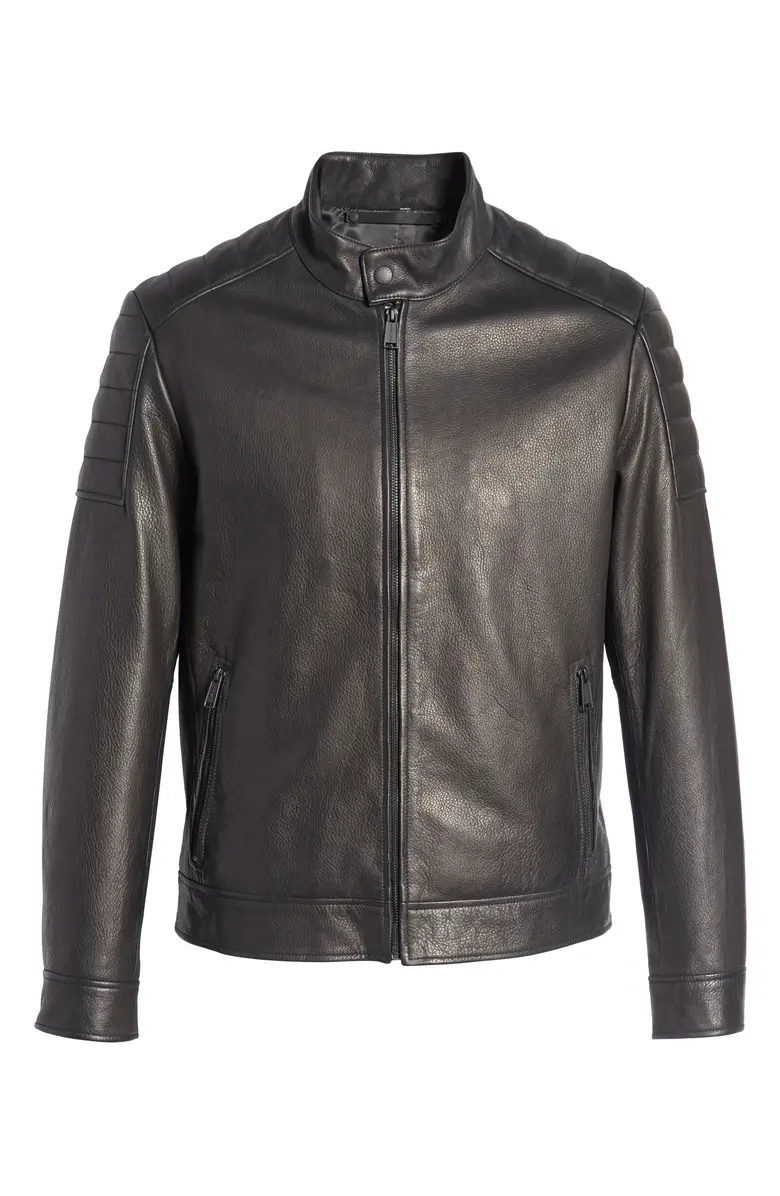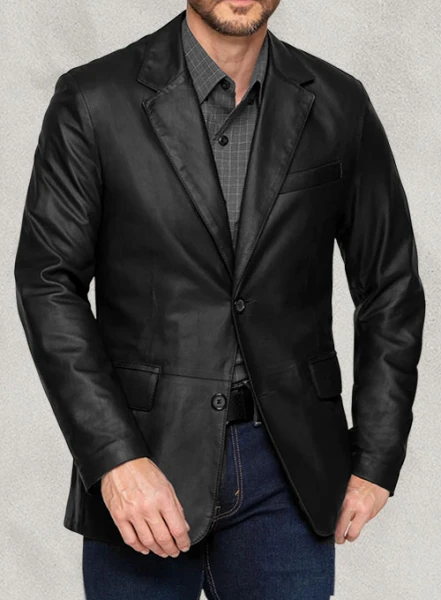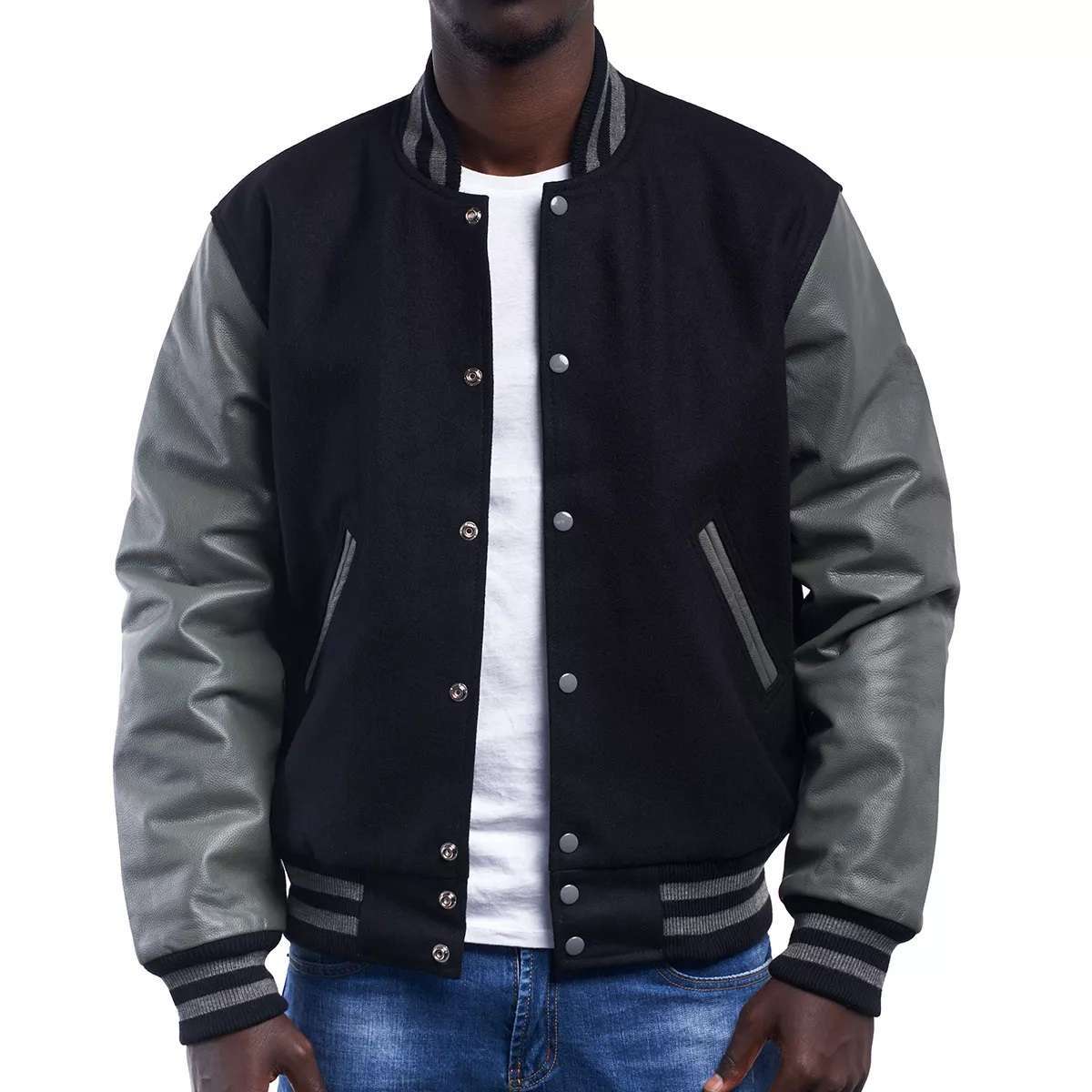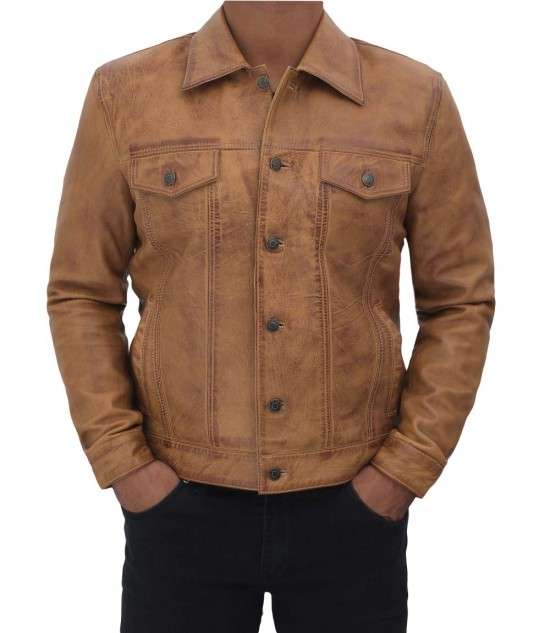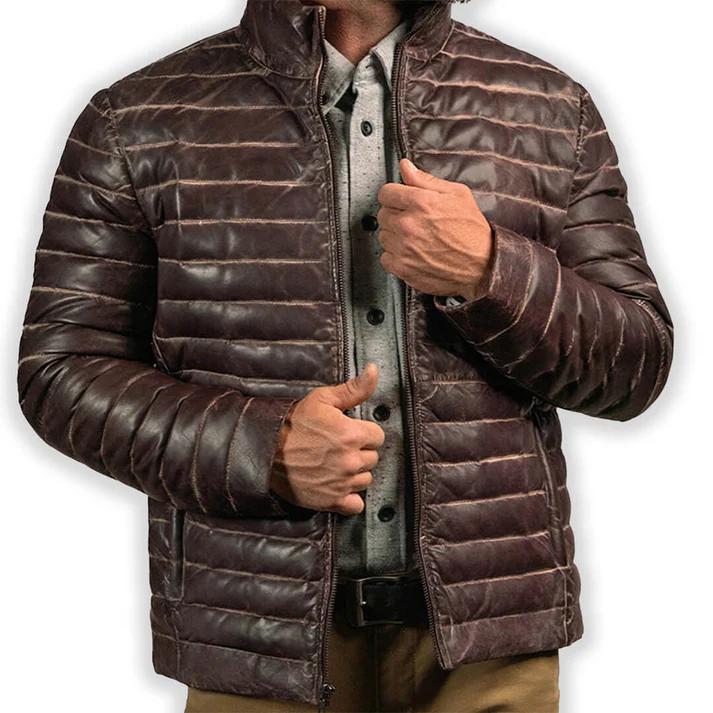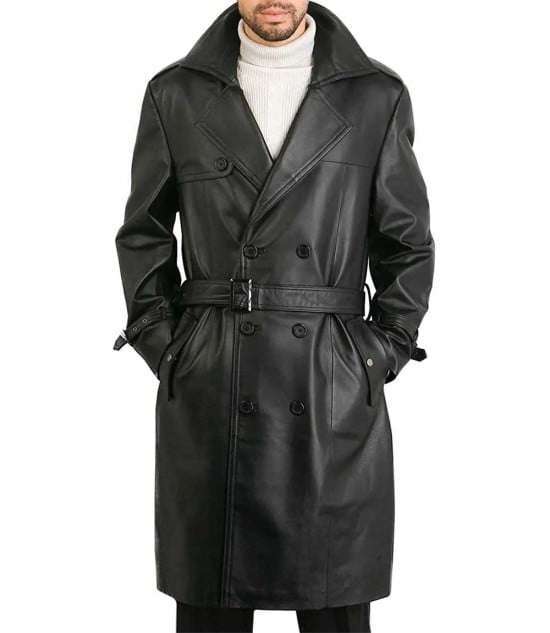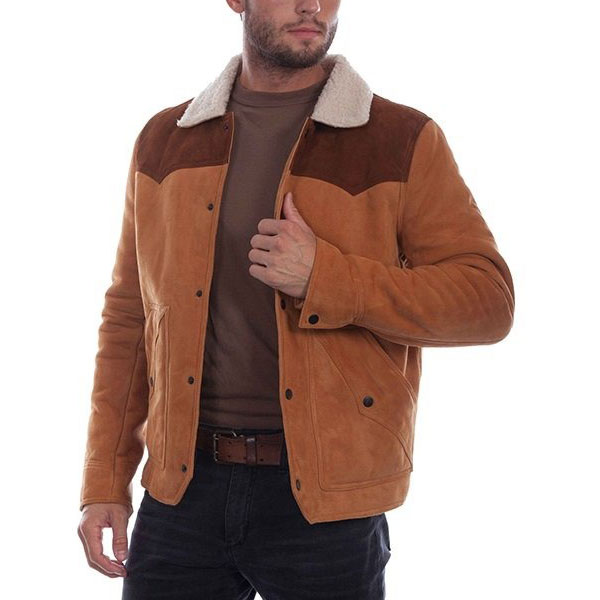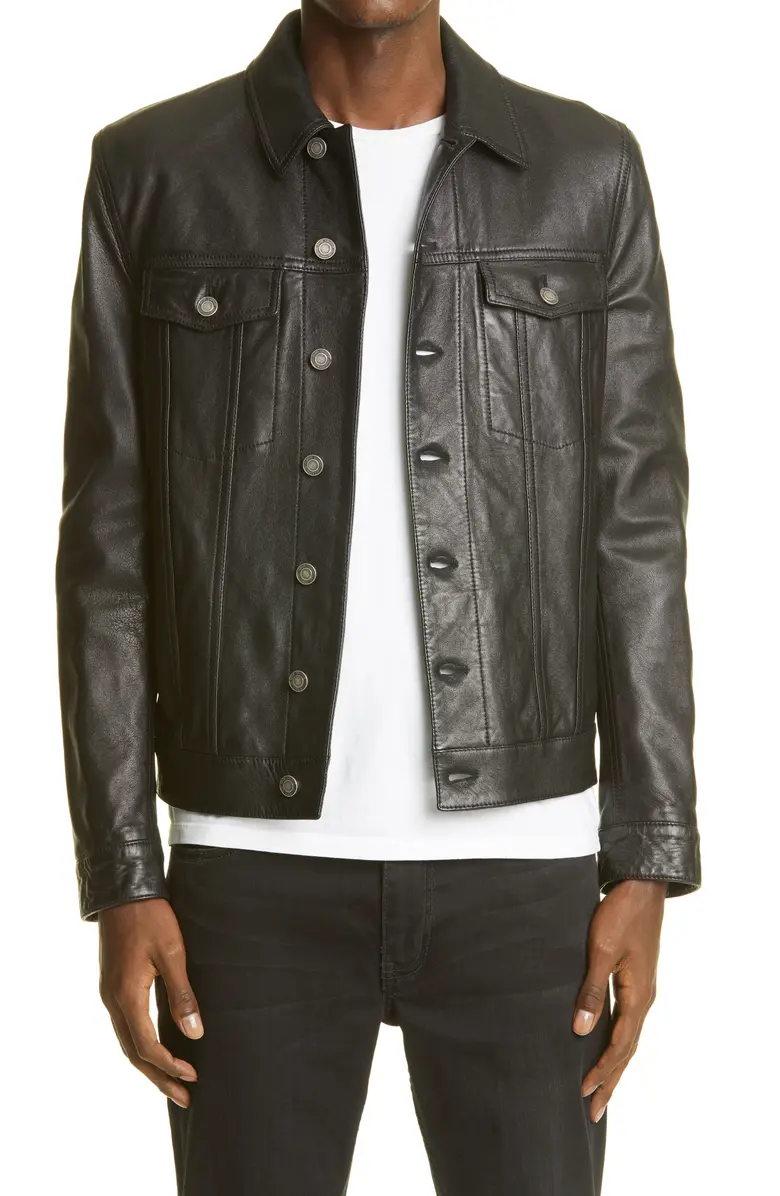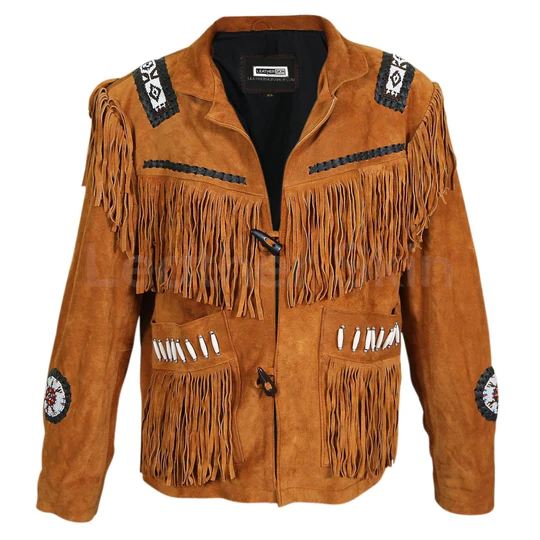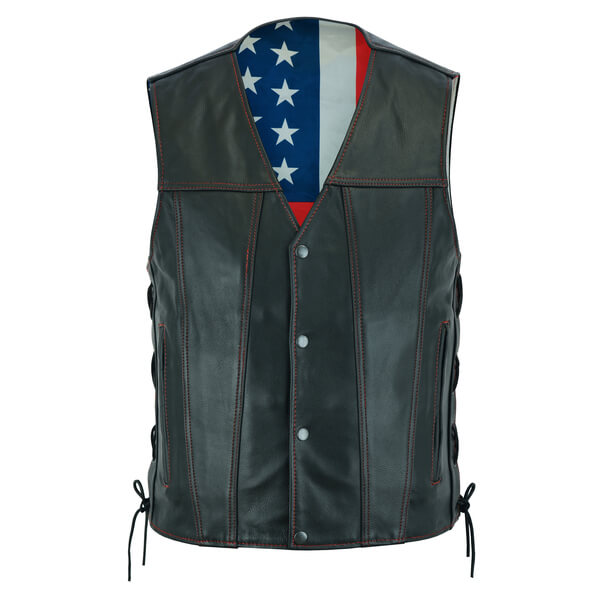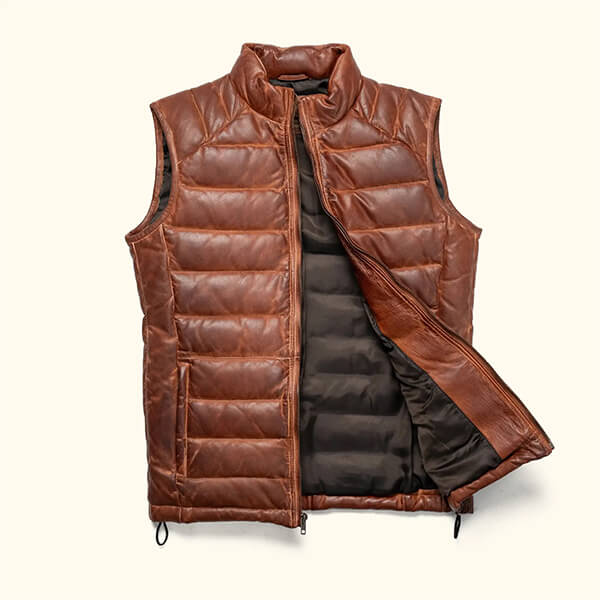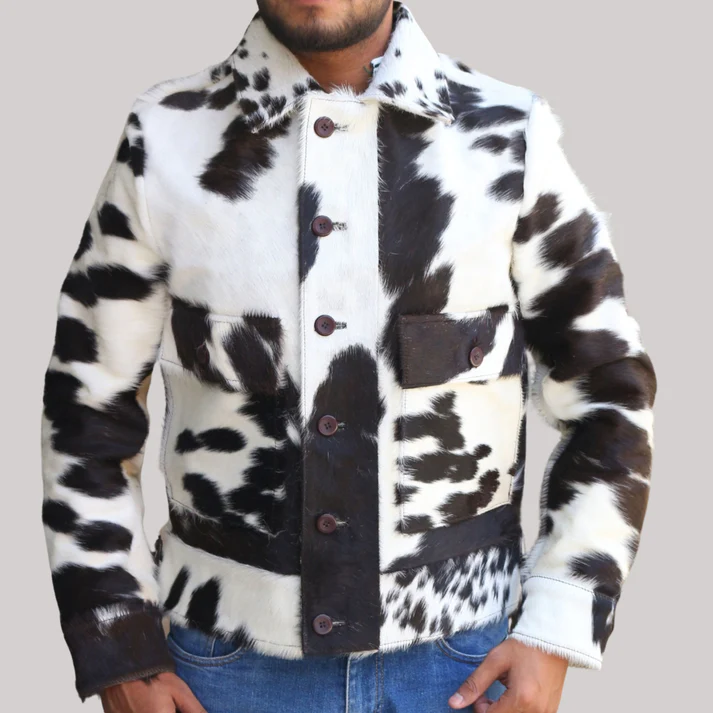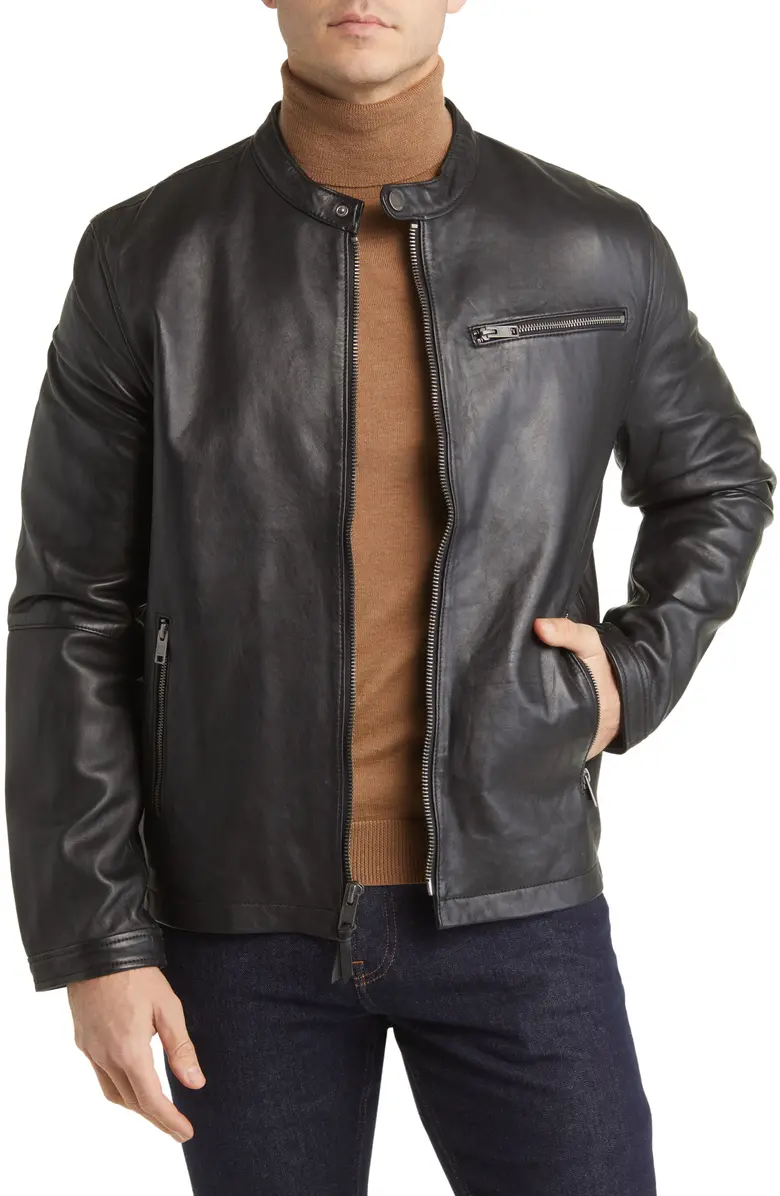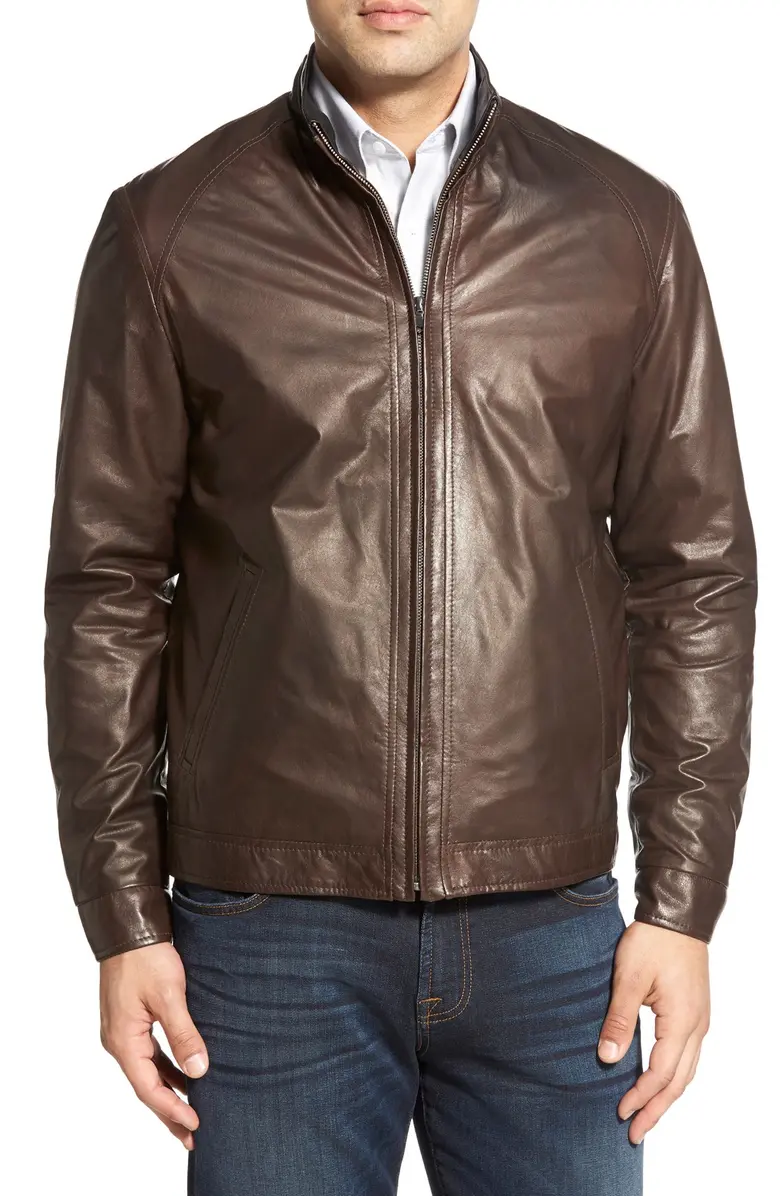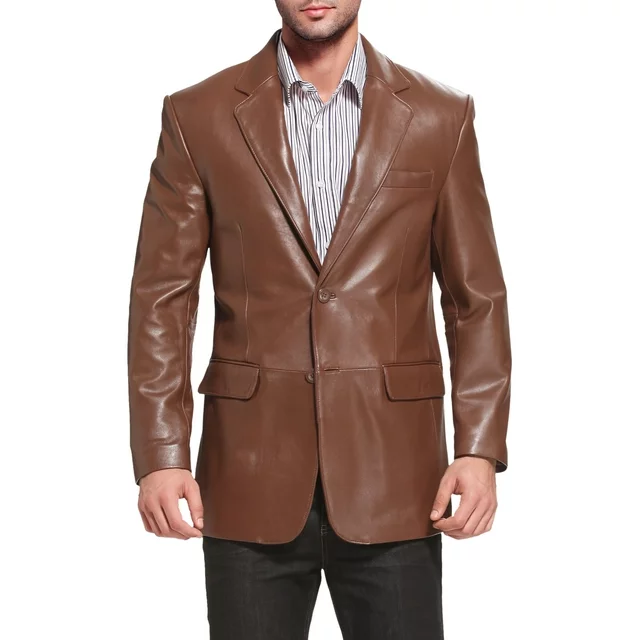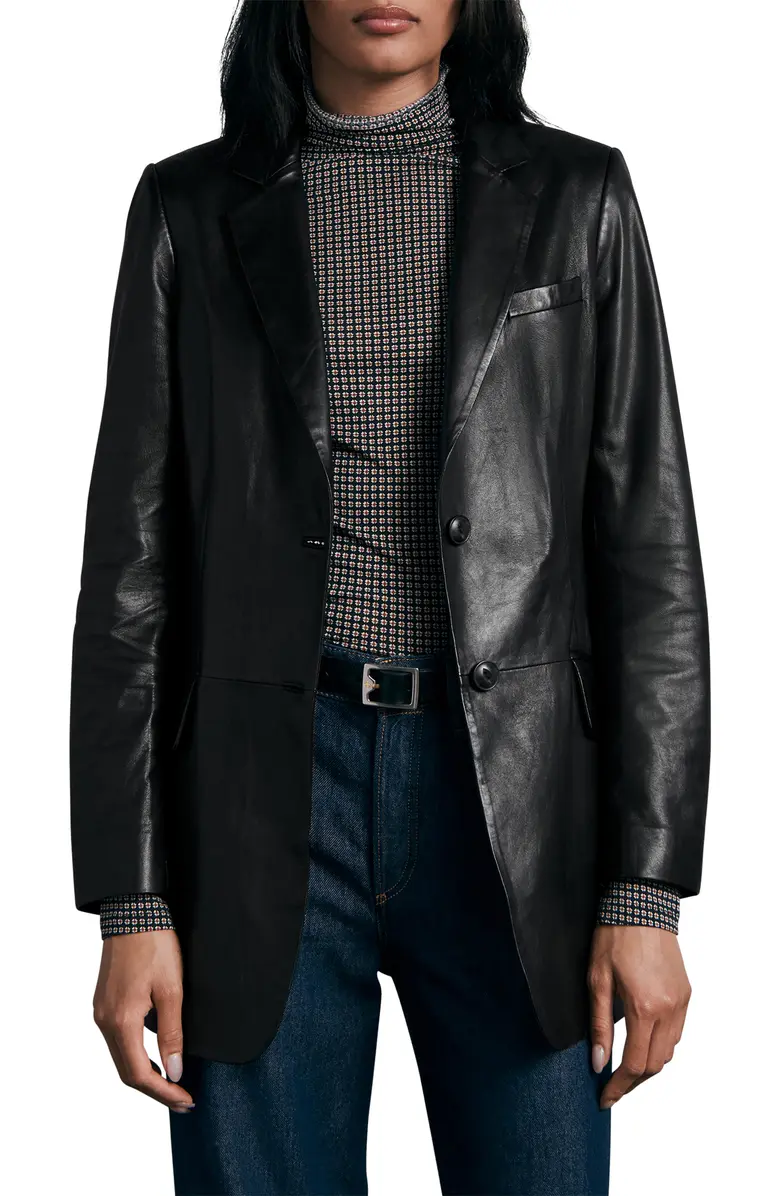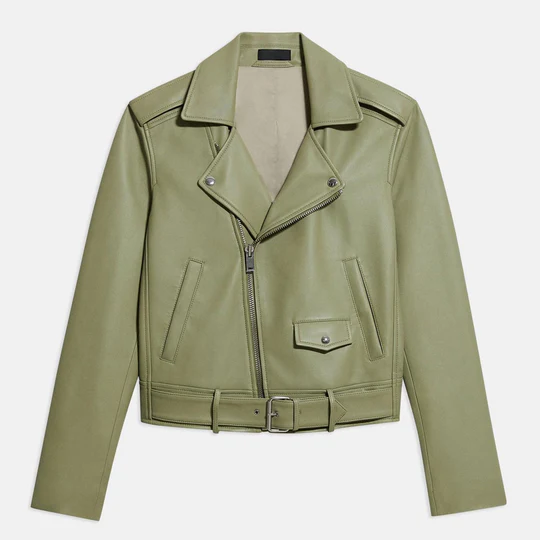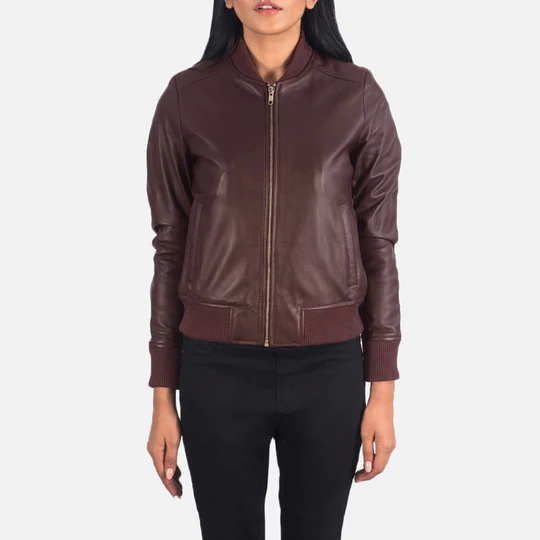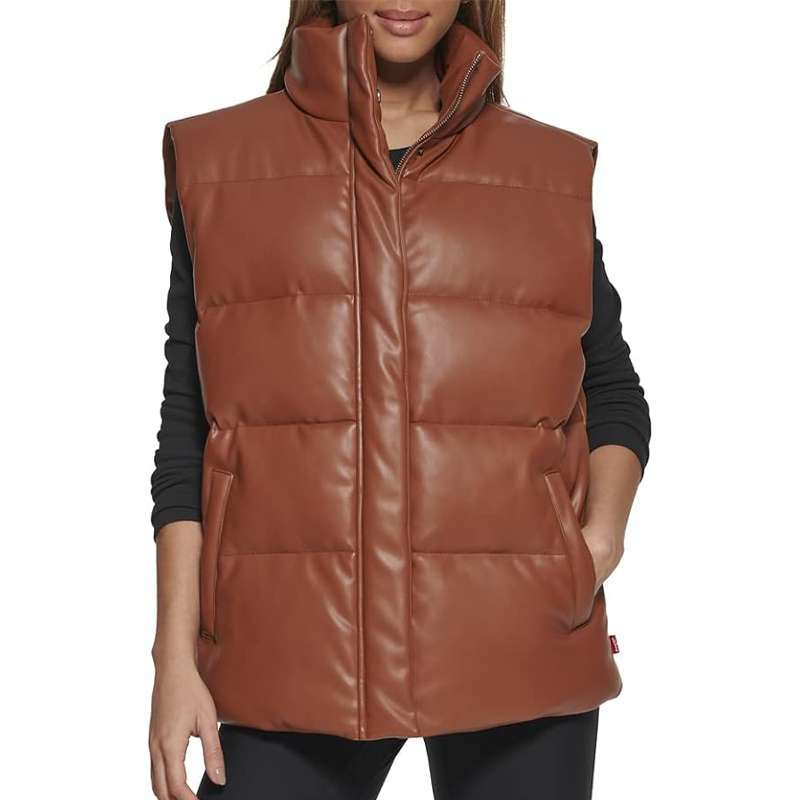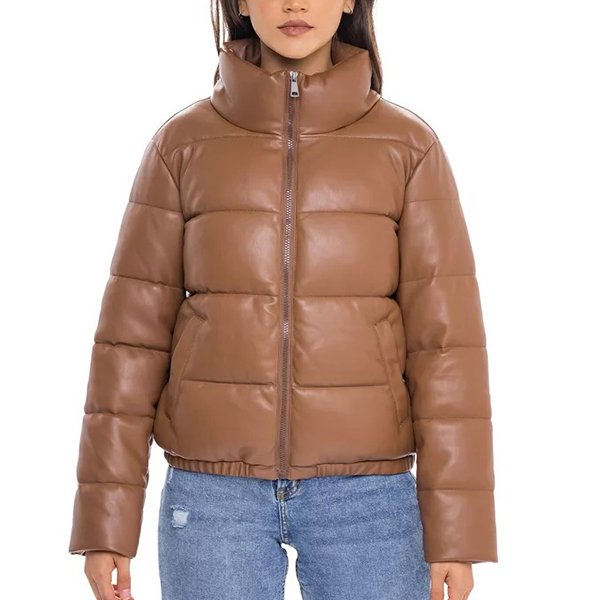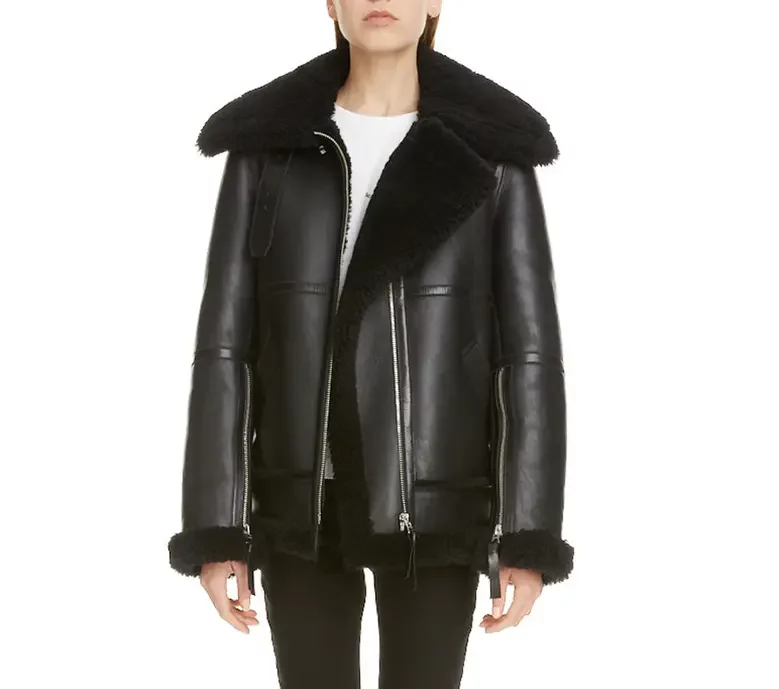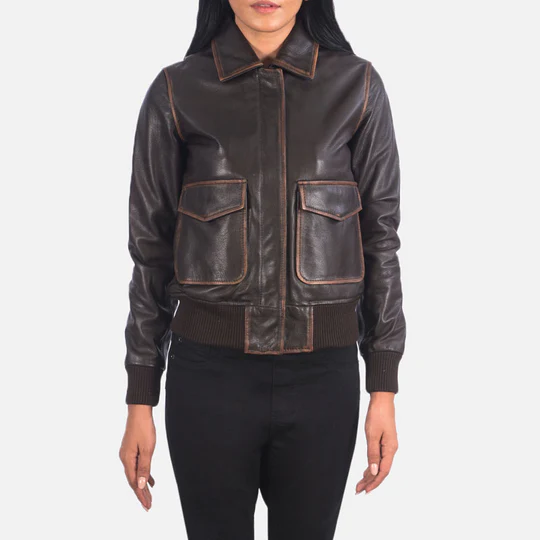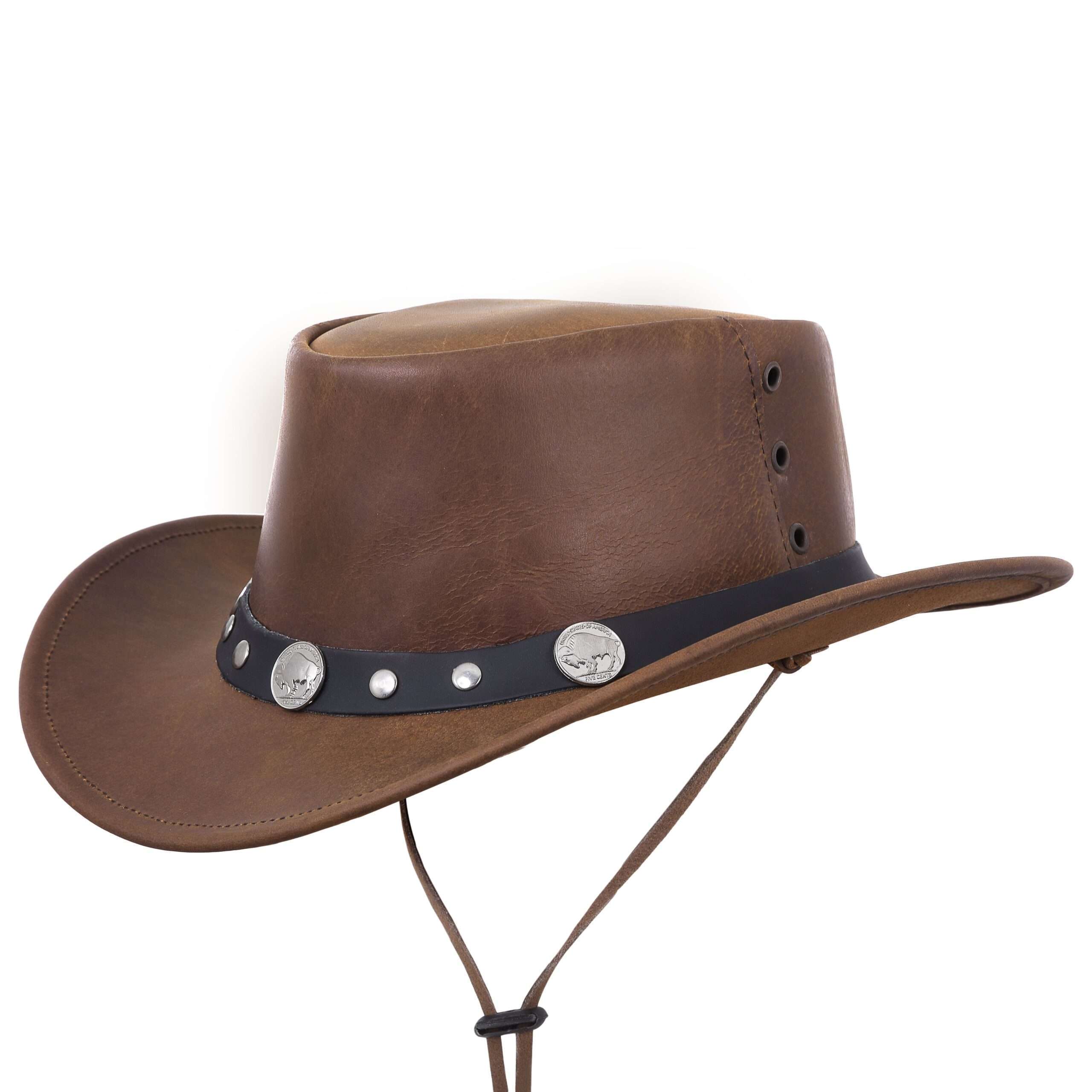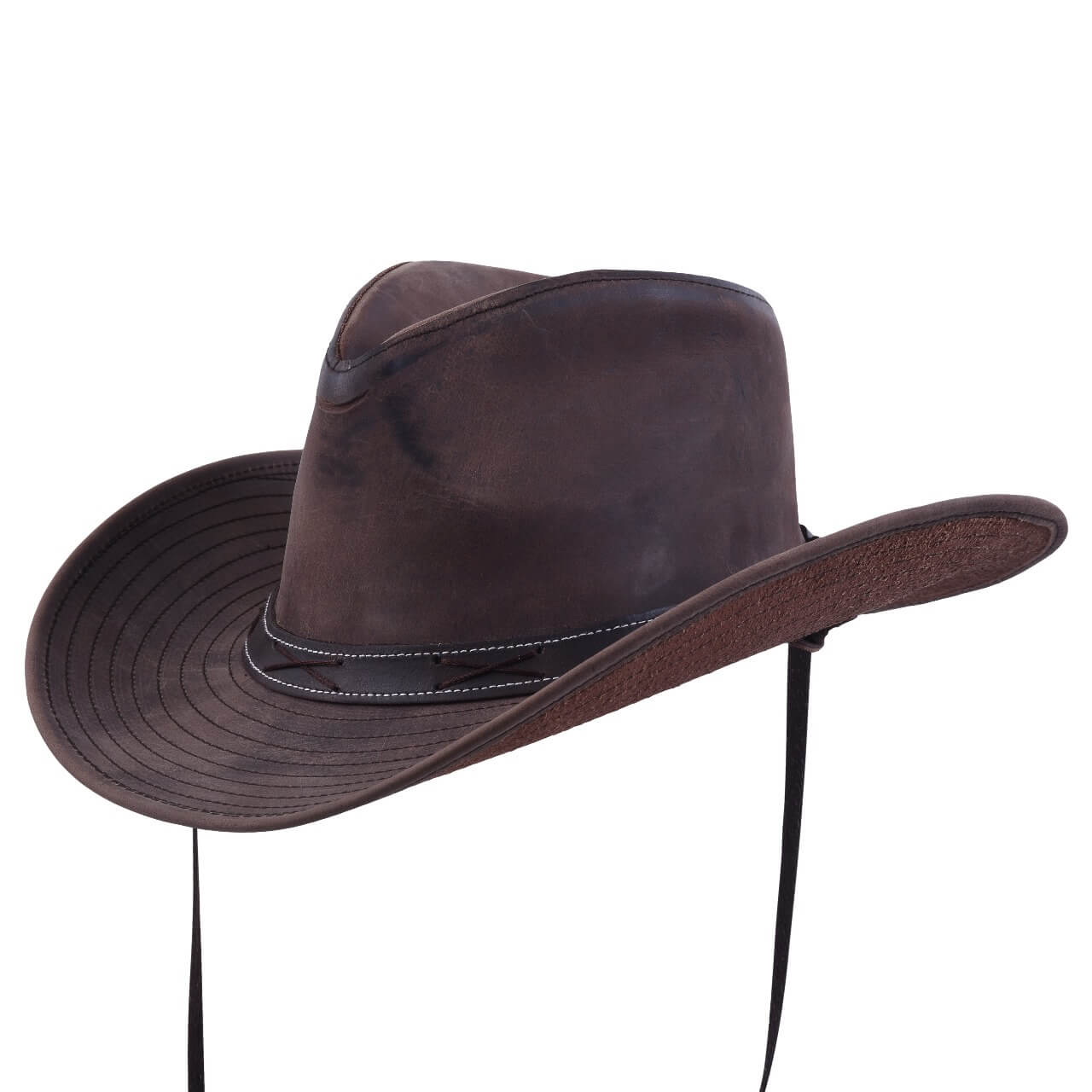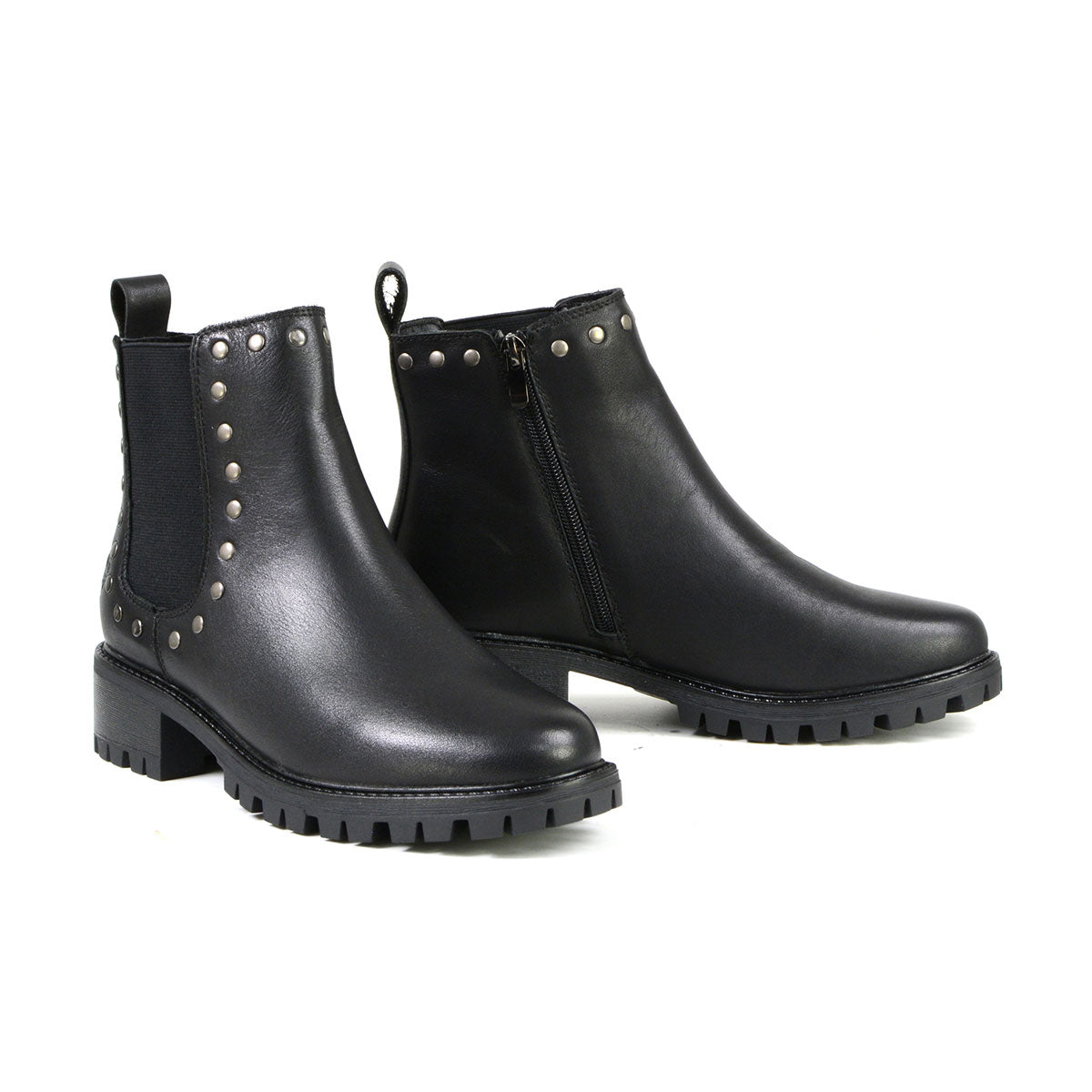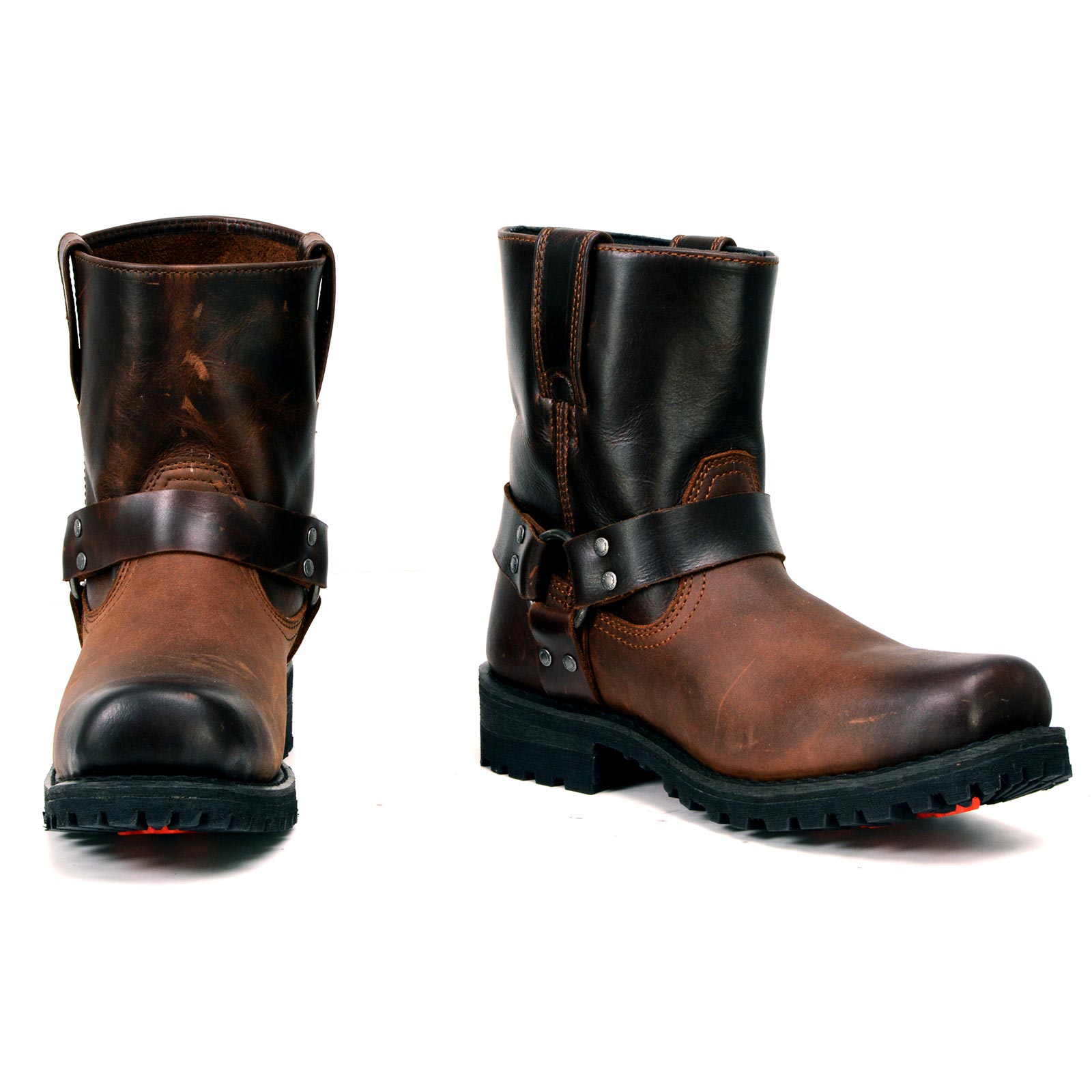Jackets such as bomber jackets and aviator jackets are classic items of outerwear that have significant origins in the history of the military. Despite the fact that both are intended to offer warmth and protection, they are not identical in terms of their designs, functions, or histories. Within the scope of this all-encompassing guide, we will investigate the distinctions between shearling aviator jackets and bomber jackets, with a particular emphasis on the distinctive characteristics, materials, and functions that each type suits.
Background on the Aviator Jacket’s
Historical Origins and Historical Context
Although it is frequently referred to as the flying jacket, the aviator jacket was initially developed for pilots who served during World War I and World War II. At high elevations, it was necessary to wear apparel that was both durable and well-insulated in order to protect oneself from the harsh weather conditions. The major objective of the aviator jacket was to offer the highest possible level of warmth and comfort to pilots who were stationed in open cockpits, which were subjected to intense exposure to the elements.
Key Features of the Aviator Jacket
- Shearling Lining: Shearling is a textile that is often used to line aviator jackets. Shearling is a material that is both warm and durable, and it adds an additional layer of insulation to the jacket. By virtue of this, the jacket is perfect for use in cold weather.
- Large Collars: One of the most distinguishing characteristics of the shearling aviator jacket is its fold-down collar, which is large and folds down to a smaller size. It is common for these collars to be lined with shearling and provide the wearer with the ability to turn them up to shield their neck and face from the wind and cold.
- Construction with Leather: Aviator jackets are often constructed out of high-quality leather, which offers both durability and resistance to wind.
- Heavyweight Build: These jackets are well-known for their heavyweight construction, which provides a significant amount of warmth and protection in temperatures that are below freezing.
Modern Jackets for Aviators
People all across the world today use aviator jackets as attractive outerwear, transcending their military roots and becoming a popular choice for outerwear. Despite the fact that they retain their traditional appearance, contemporary versions frequently use lighter fabrics in order to improve comfort and adaptability in regular usage.
A Brief Historical Context Regarding the Beginnings of the Bomber Jacket
It was also a necessity for the military that led to the creation of the bomber jacket, but it was designed for a distinct category of soldiers. Bomber jackets were initially developed during World War II with the purpose of providing protection for crew members of bomber planes who flew in aircraft that were less exposed but still did not have pressurization. These members of the crew need a garment that was not as cumbersome as the aviator jacket, but was nonetheless warm and performed its intended purpose.
- Elasticated Hem and Cuffs: Bomber jackets are constructed with elasticized waistbands and cuffs, which ensure a snug fit to keep warmth inside and prevent drafts from entering. This is one of the key features of the bomber jacket.
- Construction from Nylon or Polyester: In contrast to the leather that is used for aviator jackets, bomber jackets are typically constructed from nylon or polyester. This makes them lighter and easier to wear in a variety of environments.
- Simplified Design: In comparison to aviator jackets, bomber jackets have a design that is less complicated and more straightforward. They have a smaller overall size and, in most cases, do not have shearling lining or collars that are excessively large.
- Zipper Pockets: Bomber jackets typically come with a number of pockets, including both zippered and flap versions, on the sleeves and the chest, which significantly increases their level of functionality.
Bomber jackets of the modern era
Bomber jackets have become an essential component of casual fashion in recent years. These days, you may find them in a wide range of colors, fabrics, and sizes to choose from. Since they are adaptable to a variety of climates and styles, they are a well-liked option for urban wear because of their versatility.
Aviator and Bomber Jackets: What Are the Differences Between Them?
1. Materials Used
There is a big difference between the two jackets in terms of the material that they are made of. Aviator jackets are often constructed from leather, which is a material that is both durable and warm. On the other hand, bomber jackets are typically constructed from lighter materials such as nylon or polyester. It is important to note that the selection of material has a significant impact on the jacket’s weight, insulation, and general comfort.
2. Purpose and Functionality
Despite the fact that both jackets were intended for pilots, they were designed to fulfill distinct purposes. It was for pilots who flew in open cockpits that the aviator jacket was designed. This pilot jacket was designed to provide heavy insulation as well as protection from wind and cold. On the other hand, the bomber jacket was developed for members of the bomber crew who worked in situations that were not as rigorous. It prioritized portability and functionality over bulkiness.
3. Insulation and warmth to the body
As a result of its shearling inside and leather exterior, aviator jackets are typically warmer than other types of jackets, making them more suitable for circumstances that involve extremely cold weather. On the other hand, bomber jackets are lighter and better suited for regions that are milder; nevertheless, there are insulated variants of bomber jackets that are available for use in colder weather.
4. Aesthetics and creative design
Additionally, the aviator jacket is typically characterized by a wider collar and a heavier structure, giving it a more conventional and robust appearance. In general, it has the appearance of a classic military-inspired outfit. On the other hand, the bomber jacket is characterized by a design that is more modern and sleek. It features a more constricting fit and a minimalist style that is well-suited to contemporary and casual fashion.
5. Fashion Styles That Are Versatile
Both of these coats have their roots in the military, yet they have developed into quite different items of clothing. Aviator jackets continue to play a significant role in the fashion world, and they are frequently worn with rough ensembles to make a strong statement. Bomber jackets, on the other hand, are more versatile than other types of jackets, since they may perfectly complement casual, streetwear, and even semi-formal attire, depending on the material and design of the jacket.
Which of These Options Should You Pick?
Choosing According to the Weather
An aviator jacket is likely to be the preferable option for you if you live in a colder area because of the superior insulation it provides and the heavy-duty materials it is made of. Even when the temperature is below freezing, the shearling inside and leather outside will keep you warm within the jacket. A bomber jacket provides adequate warmth without being overly cumbersome or cumbersome, making it an ideal choice for regions with milder climates or seasonal weather.
Opting for a Style-Based Decision
The decision you make should also be influenced by your own particular style. An aviator jacket is the ideal piece to add to your wardrobe if you are looking for a classic, rough appearance that also has a retro flair. It works great with classic pieces such as jeans, boots, and other classic pieces. If, on the other hand, you are looking for a garment that is more contemporary and versatile, like a bomber jacket, which can be worn with a range of different outfits, then you might want to consider purchasing one.
Final Thoughts
The materials used, the design, and the purpose for which the jacket is meant are the primary factors that differentiate aviator jackets from bomber jackets. In contrast to bomber jackets, which are lighter, more casual, and more versatile, aviator jackets are heavier, warmer, and more considered to be conventional. Although both jackets have a long and illustrious history that is steeped in military aviation, they are now considered to be fashion standards. Each jacket offers a different set of benefits, depending on the environment, personal style, and functional requirements of the wearer.
